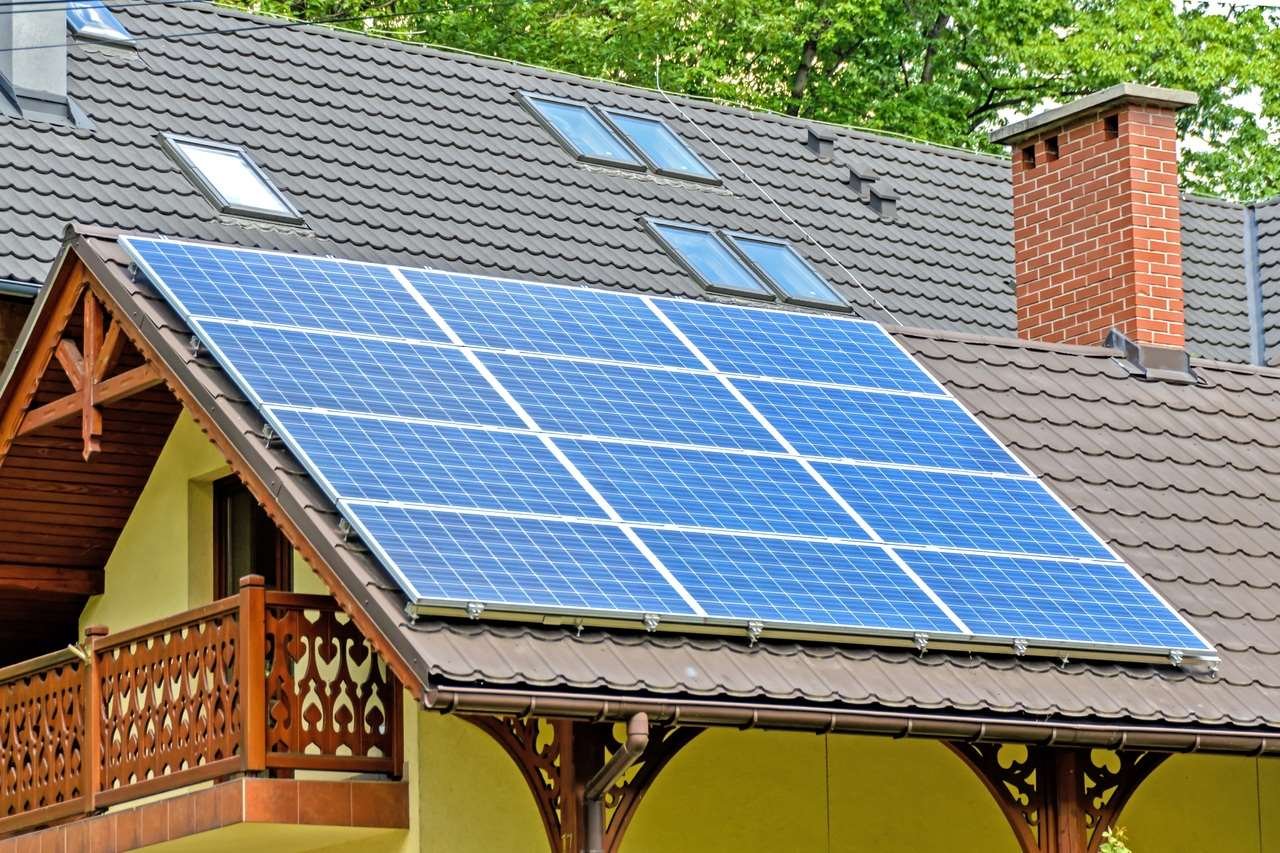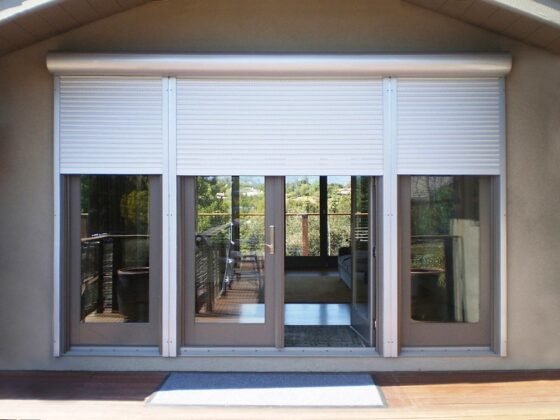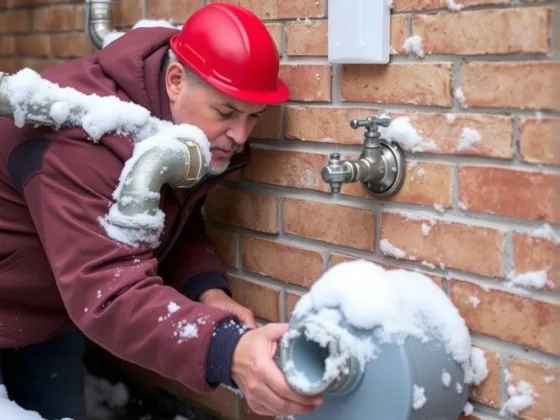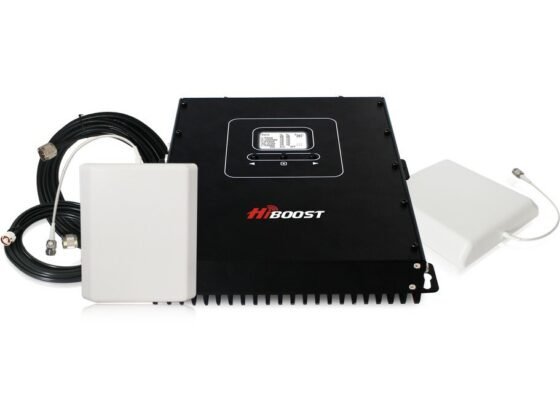Table of Contents Show
When the sun shines, solar panels provide clean, renewable energy.

Yet, it’s important to remember that the sun isn’t always out. Between weather clouds and nighttime, in many places, the sun only shines for about 50 days in summer.
Many people wonder, do solar panels work in cloudy weather? They also wonder about what happens at night when the solar panels aren’t producing any power.
Well, fear no more! Here’s everything you should know about how solar panels work during non-optimal conditions. Read on.
What are Solar Panels
Solar panels are systems used to harness energy from the sun and convert it into electrical energy. They are made up of photovoltaic cells, which are made from layers of semiconducting materials such as silicon.
When light from the sun hits the photovoltaic cells, they create an electric current. The current is then sent through wiring to an inverter, which simplifies it so that it can be used in a variety of applications.
Solar panels are also a great way to provide clean, renewable energy to homes and businesses. They are also a reliable way to reduce energy costs as solar energy is free and can reduce energy bills significantly.
These are an important part of today’s renewable energy mix and are a great way to reduce electricity costs and help the environment at the same time.
Read Also:
How Shifting Weather Affects Solar Performance
Shifting weather patterns can have a significant impact on the performance of solar energy systems. Some examples of factors that affect the performance of solar systems are rain, snow, wind, shades from clouds, trees, and tall buildings.
All of them can create shadows and also interfere with the solar panel’s ability to absorb and convert the sun’s rays into electricity. These reduce the amount of sunlight that gets through and lowers solar performance.
Temperature fluctuations and extreme temperatures can also take a toll on solar system performance. Also, cold weather hinders the efficiency of solar panels.
Additionally, hot temperatures can cause thermal expansion and lead to damage in some cases. Dust and dirt buildup on solar panels can adversely affect the surface of the panel, reducing their functionality as well.
How Much Energy Is Generated in Cloudy Weather?
Cloudy weather can significantly impact the production of energy by solar or photovoltaic (PV) systems. The amount of ultraviolet and visible light that can penetrate through clouds is substantially less than on a sunny day.
This can reduce the output of a PV system by as much as 50%. Additionally, the diffuse sunlight that a cloudy sky produces can be less effective at producing energy than the direct sunlight of a clear sky.
Nevertheless, cloudy weather may still generate usable amounts of energy. This can be achieved through the careful design and engineering of PV systems that are optimized for diffuse light.
Systems can also be modified to use the albedo effect, where the clouds themselves can reflect additional light onto the panels. With these strategies, energy production in cloudy conditions may remain relatively unaffected, with only minor decreases in output.
Understanding Solar Radiation Reflection and Absorption in Cloudy Weather
Cloudy weather affects the amount of solar radiation we absorb and the reflection rate thereby altering the Earth’s climate. Cloudy weather is when clouds are present in the atmosphere and the sunlight is blocked, diffused, scattered, and reflected.
Solar radiation, which is part of the electromagnetic spectrum, is composed of light waves, heat, and other energy that help to heat the Earth’s surface. When clouds are present, this energy is intercepted by the water droplets contained in the clouds, preventing it from reaching the ground.
This reduces the amount of solar radiation absorbed by the Earth’s surface. But, some of the energy is reflected by the clouds and scattered back into the atmosphere.
Those clouds also help to keep the air warm on a cloudy day. The reflections of the solar radiation from clouds can cause the planet to absorb less energy, and even cool the climate.
Overall, understanding how solar radiation is affected by cloudy weather is an important part of understanding the impact of clouds on the Earth’s climate.
Utility-Scale Solar Panel Systems for Cloudy Locations
Utility-scale solar panel systems for cloudy locations are a great option for providing sustainable energy during cloudy and rainy weather.
It also offers an efficient alternative to more traditional power sources, allowing people to reap the benefits of solar energy without the unreliability of sunnier climates. Solutions like:
Thin-Film Solar Panels
Thin-film solar panels are an innovative solar technology that consists of thin and lightweight solar cells. It is typically made from layers of semiconductor materials such as amorphous silicon.
This type of solar panel is often designed to convert sunlight into electrical energy. It also converts even in low and cloudy conditions, making it the perfect option for use in areas with clouds and low sunshine.
It can also work with several other components. This includes charge controllers and battery inverters to store energy for future use. By using more efficient solar cells, it can generate more sustainable energy than standard solar panels.
Hybrid Technologies
Hybrid Technologies combine solar power with other renewable sources of energy. It is to ensure sustainable and reliable power. The systems can harvest electricity generated through both solar and wind. It can also store harvested energy through battery storage.
This system allows for more reliable and cost-effective energy. And compared to other systems, it is becoming increasingly popular in public areas.
Hybrid technologies also provide a better option for encouraging clean energy. Also, reducing dependence on fossil fuels while reducing costs. Overall, hybrid technology is a great choice for providing sustainable energy in cloudy and rainy weather.
Dual-Sun Tracking and CPV Systems
These provide a reliable and cost-efficient alternative for areas with poor solar conditions. This system increases power output with dual-axis and CPV technology.
It can enable performance in most weather conditions from steady rainfall to dense fog. It also creates a larger photovoltaic array than a single-axis one, resulting in a higher total energy output.
The system also includes safety features to secure components from wind and lightning. It also reduces maintenance costs. It can be integrated with batteries for a stable energy supply, or for off-grid applications. This could be a great alternative to utilizing natural energy resources in those areas with little or no sun.
Strategies to Make the Most of Your Solar Panels in Cloudy Weather
It can be difficult to maintain a consistent level of energy production when using solar panels in cloudy weather. However, there are several strategies that can be implemented in order to maximize energy efficiency. Here are some approaches to consider:
Positioning the Panels in Direct Light
Installing the panels in an optimum orientation and tilt angle ensures that the panels are receiving maximum sunlight throughout the day in both clear and cloudy weather. By using a mount, you can adjust the angle of the solar panel to ensure maximum exposure to the sun’s rays.
Install Waterproof Solar Panels
It’s always best to install waterproof solar panels that are highly durable and can withstand any kind of weather condition. Most importantly, make sure to regularly clean your solar panels to ensure they are operating as efficiently as possible.
Add Surface Coatings
These coatings are often hydrophobic, making them more durable in all types of weather, so they can help to increase a solar panel’s output in cloudy conditions too.
Install Solar Tracking Systems
This type of system increases the amount of sunlight collected even during cloudy days by changing the angle of the panels and can increase the efficiency of the solar power system by up to 40%.
To know the other strategies, you may read more on blueravensolar.com. Here you will find more information on maximizing solar panel efficiency, solar battery systems, and other energy-saving strategies.
By familiarizing yourself with these strategies, you can ensure that your solar panels are as efficient as possible regardless of the weather.
Knowing the Answers to: Do Solar Panels Work in Cloudy Weather
Solar panels offer are an excellent way to generate clean, renewable energy. If you are asking if “Do solar panels work in cloudy weather?”, know that photovoltaic (PV) cells can harness the energy of even partial sunshine.
Cloudy days can still provide an option to power up with the help of solar panels. To learn more, contact a local solar energy expert today. Did you find this article helpful? Check out the rest of our blogs!










